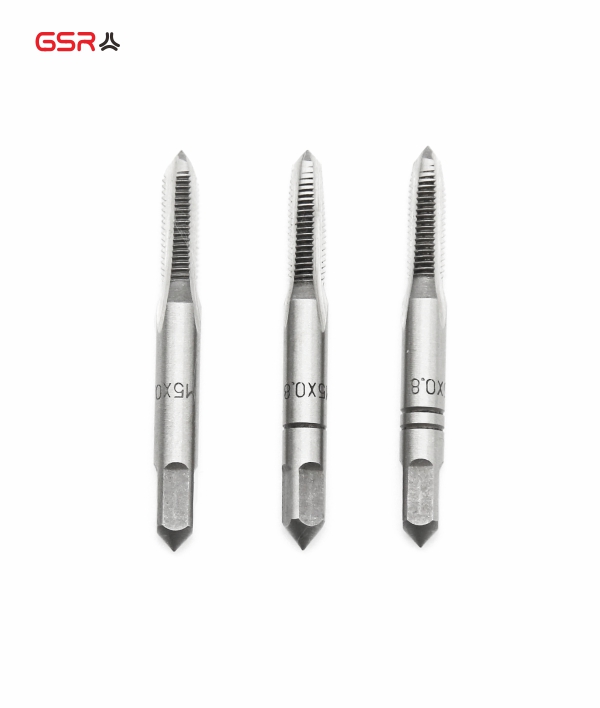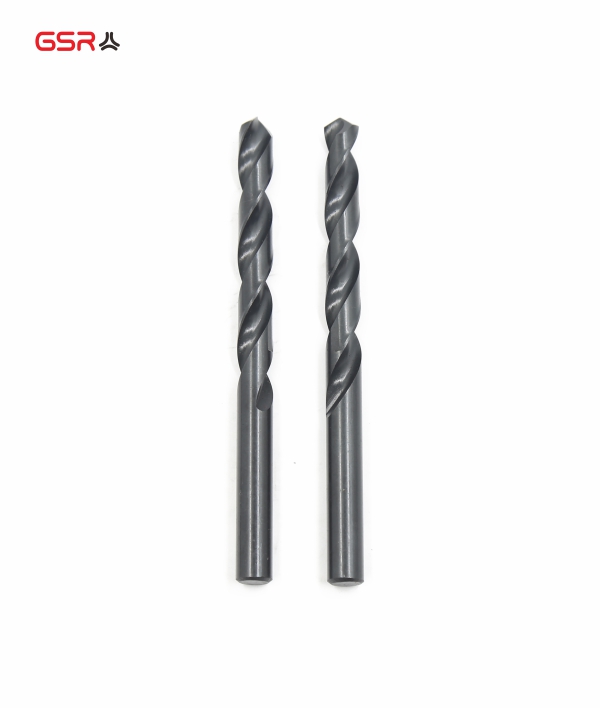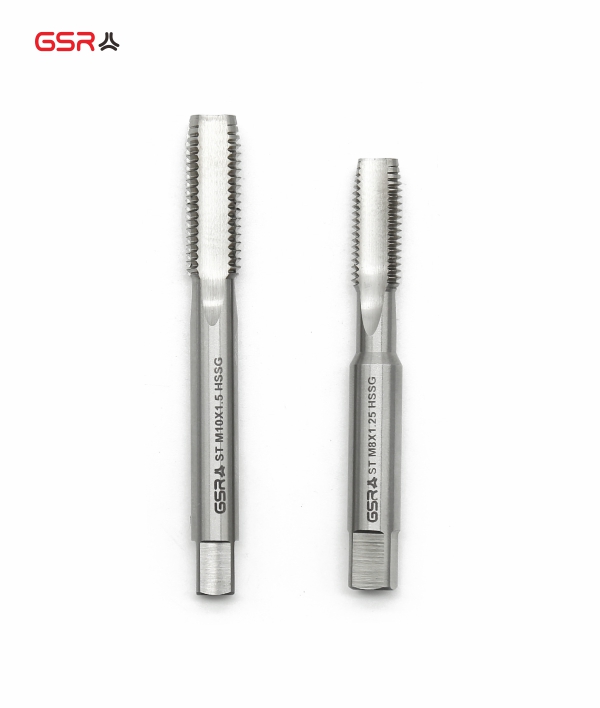The Difference Between HSS and Carbide
In the machining workshop, cutting tools are like weapons in a warrior's hands—choosing the right one is key to “clearing obstacles.” But faced with the wide variety of tool materials, have you ever wondered: What exactly is the difference between high-speed steel and tungsten steel? Why are some tools suited for precision machining while others can tackle high-strength materials head-on? Today, we'll break down these two “star materials,” and by the end, you'll know exactly how to choose.
What is high-speed steel?

When it comes to high-speed steel, veteran technicians call it “wind steel” or “edge steel.” The name alone exudes a sense of toughness—it doesn't require special cooling during quenching, hardens in air, and retains its sharpness like new. It also goes by the down-to-earth name “white steel,” making it highly recognizable in workshops.
1. The ingredients hold the key to its “hard power.”
High-speed steel is no ordinary steel—it's an alloy of elements: tungsten, molybdenum, chromium, vanadium, cobalt, and others make up 10% to 25% of its composition. These “hardcore components” collectively give it its unique properties. Among these, the most remarkable is its “red hardness”—even at temperatures as high as 500°C, its hardness remains above HRC 60. It stands tall like a tough guy who never bends, even in the fiercest flames.
In contrast, the carbon tool steel we're familiar with, though possessing decent hardness at room temperature, simply can't hold up beyond 200°C. By 500°C, its hardness plummets almost back to annealed levels, rendering it utterly unsuitable for high-speed cutting. The red hardness of high-speed steel, however, perfectly addresses this critical weakness, allowing it to remain as steady as a rock in machining scenarios involving sustained high temperatures.
2. Excels at intricate work, with an exceptionally wide range of applications

With its excellent toughness and machinability, high-speed steel is particularly well-suited for manufacturing complex-shaped cutting tools: such as turning tools with thin edges, machine taps, drills requiring precise hole-making, hobs with intricate tooth profiles, and machine saw blades. Furthermore, it excels in cold extrusion dies and high-temperature bearings, truly a versatile material.
What is Tungsten Steel (Cemented Carbide)?

If high-speed steel is the “all-rounder,” then tungsten steel (also known as cemented carbide) is the ‘powerhouse’ specializing in tackling the toughest challenges. Dubbed the “teeth of modern industry,” its very nickname speaks volumes about its critical importance.
1. Simple ingredients yet incredibly potent
The composition of tungsten carbide is highly specialized: 99% consists of tungsten carbide and cobalt (or other metallic binders), with the remaining 1% comprising auxiliary metals. These components are fused together through a sintering process, forming an exceptionally hard composite material. The size of tungsten carbide grains typically ranges from 0.2 to 10 micrometers. These grains function like countless tiny “steel plates,” endowing tungsten carbide with remarkable hardness and wear resistance.
2. Three Mainstream Types of Tungsten Steel, Each with Its Own Unique Strengths
Based on their composition, tungsten carbide alloys are primarily categorized into three main types, each with distinct application focuses.
Tungsten-cobalt carbide (YG series): Featuring tungsten carbide and cobalt as core components, the numerical designation indicates the average cobalt content. For example, YG8 denotes approximately 8% cobalt content. This type of tungsten steel exhibits superior toughness, making it suitable for machining brittle materials such as cast iron and non-ferrous metals.
Tungsten-Titanium-Cobalt (YT Series): Titanium carbide is added to the base of tungsten carbide and cobalt. The grade number indicates the average titanium carbide content. For example, YT15 contains 15% titanium carbide. It offers superior wear resistance and anti-adhesion properties, making it suitable for machining ductile materials like steel.
Tungsten-Titanium-Tantalum (Niobium) Series (YW Series): Incorporating tantalum carbide or niobium carbide, this series is the ultimate all-rounder. Designations are denoted by “YW” followed by a sequential number, such as YW1. It handles diverse materials with ease—whether steel or cast iron—delivering maximum flexibility.
3. The tough guy in high temperatures, crushing competitors with its cutting speed.
The most remarkable feature of tungsten carbide lies in its stability under extreme conditions: its hardness remains virtually unchanged at 500°C, and even at 1000°C, it retains a remarkably high hardness. This makes it exceptionally effective in high-speed cutting operations, with new carbide cutting tools achieving speeds hundreds of times faster than carbon steel! Turning tools, milling cutters, drill bits, boring tools... it's everywhere.
Summary
Simply put, high-speed steel offers good toughness and machinability, making it suitable for complex tools and medium-to-low-speed cutting; tungsten steel boasts high hardness and heat resistance, making it the top choice for high-speed cutting and machining hard materials. Next time you're selecting cutting tools, consider the material and cutting speed first—if you're working with ordinary steel and need precise shaping, high-speed steel might be the better choice; if you're tackling high-strength alloys and chasing maximum efficiency, tungsten steel is definitely your go-to.
The selection of cutting tool materials is never about “the more expensive, the better,” but rather “the more suitable, the more efficient.” By mastering the characteristics of high-speed steel and tungsten steel, you're one step closer to becoming a machining expert!













